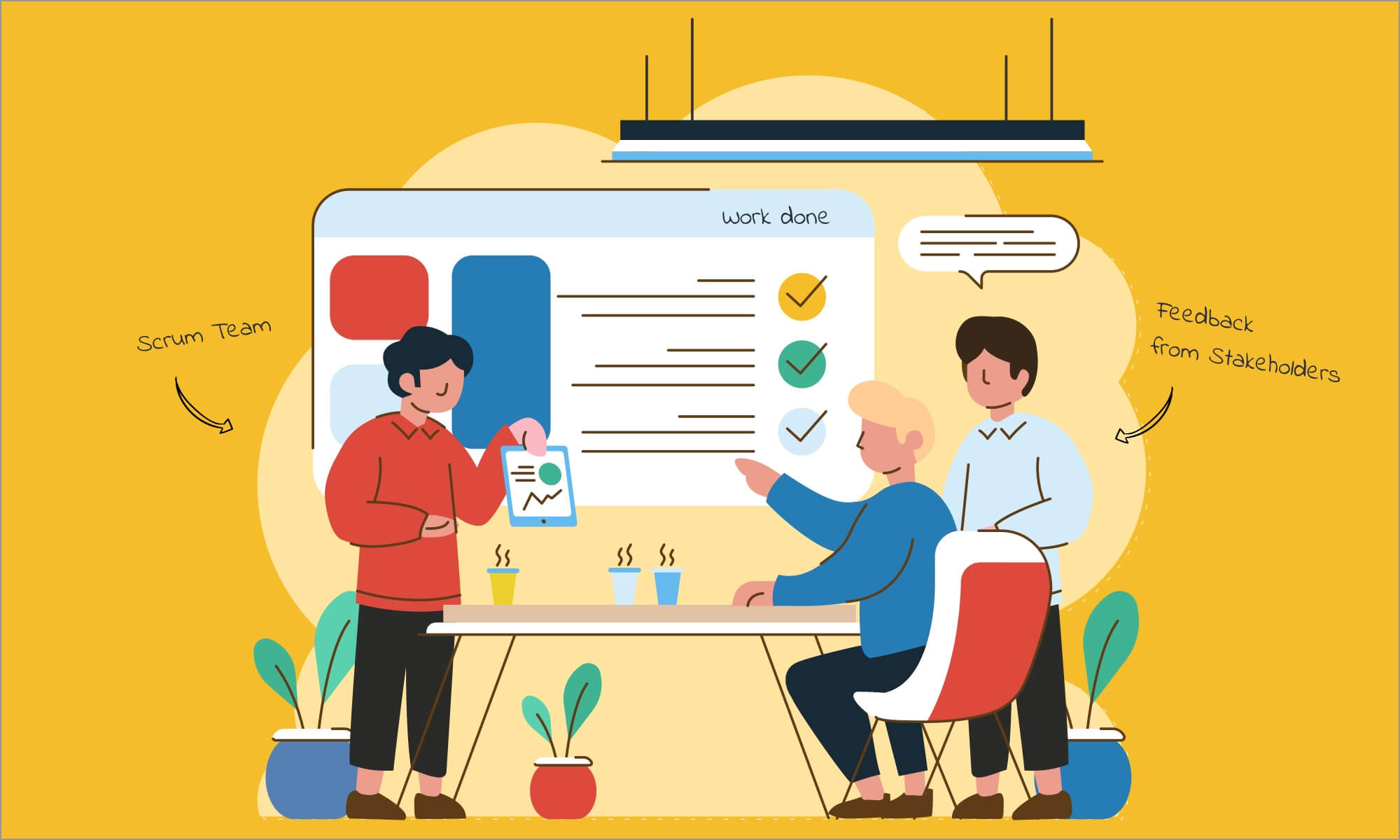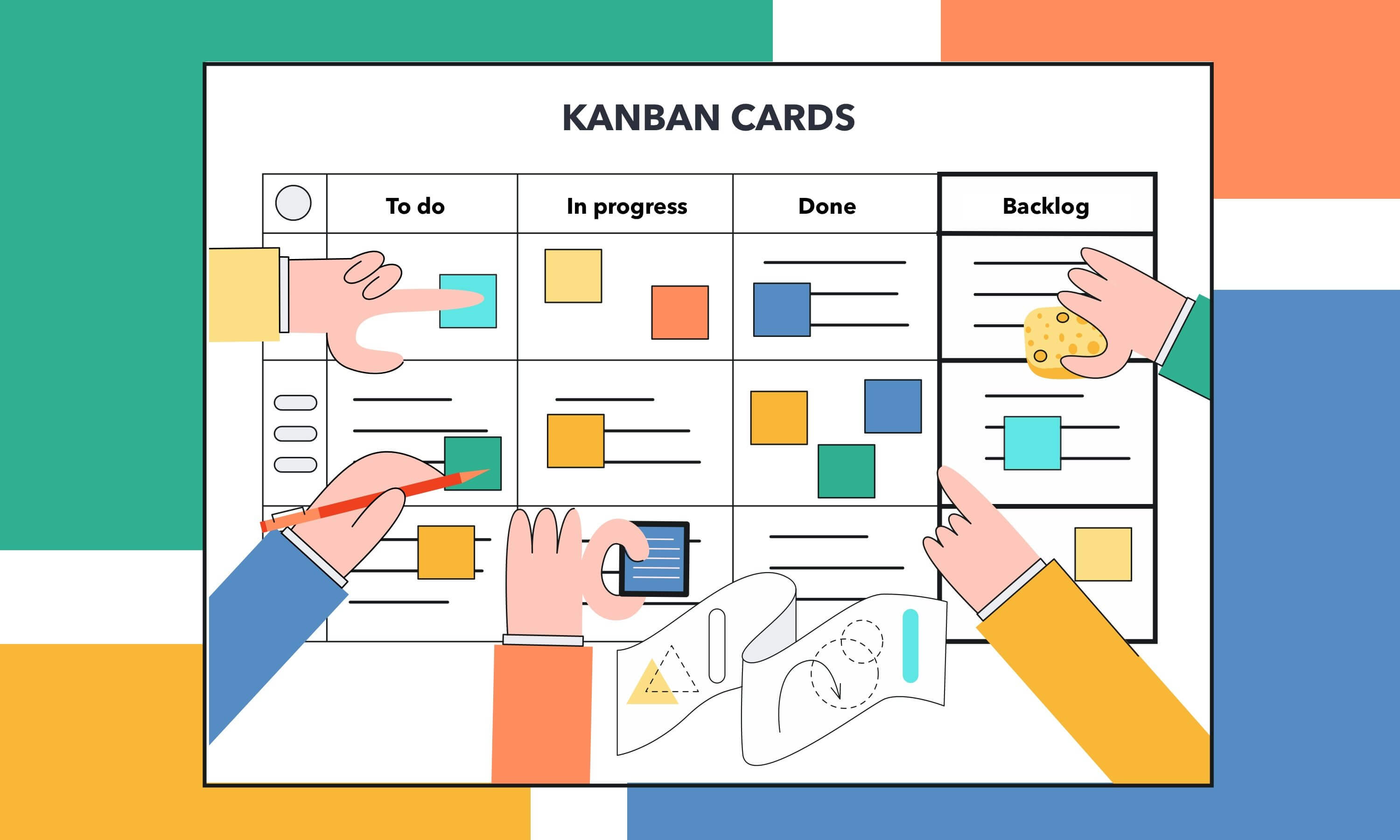How to Improve Productivity with Agile in 3 Easy Steps

Increased productivity is the key priority for many project managers. There are a few ways that can improve team productivity – you can adopt a new technology or try a new approach and improve the methods and skills your team uses to complete the work. The agile methodology can help achieve that through increased collaboration and being more responsive to customer requests.
The agile methodology was created for software development but now it’s applied in all industries and is well-known for its focus on speed, flexibility and increased customer value. For many organisations, this is the most effective way to create a well-connected team, capable of delivering top-notch products on time and budget.
Step 1: Show a prototype to the customer as early as possible
The ability to show a working prototype to the customer early is one of the key agile benefits.
Let’s take for instance a six-month project:
- With the waterfall approach – it could take three months to see a prototype. Changes are undesirable and hard to implement.
- With the agile approach – it could take less than months to see a prototype. Changes are welcomed and seen as opportunities to make a product better.
The agile focus on face-to-face communication and close cooperation (inside the team and between the team and the customer) makes a great difference to productivity.
- You can sort all things out during the meeting and start developing the product immediately afterwards.
- You solve any problems easier and faster.
- You stay flexible to introduce changes whenever needed.
As a result, you increase the overall productivity and create successful products that solve real needs.
Step 2: Create a supportive culture
Success with the agile methodology is 5% due to the tools used and 95% due to the culture.
When it comes to the team, the agile approach can be described as collaboration-cultivation-competence.
- Collaboration – “We succeed by working together”: The organisation stands for diversity, teamwork, partners, trust, and interaction.
- Cultivation – “We succeed by growing people”: The organisation understands that its employees are the key, and can greatly contribute to success. Such companies emphasise flexibility, creativity, and growth among their employees.
- Competence – “We succeed by doing our best”: Experts, craftsmanship, professionalism, and efficiency – these are the words to describe agile team members. They strive to do their best and always look for new techniques or approaches to make their processes even more efficient.
Step 3: Get ready for agile transition in advance
Agile transition is not an easy thing. Without a proper background and preparation, agile can be misunderstood and implemented in the wrong way. Here are a few points to consider:
- Determine your project challenges. Find out your organisation’s current problems. Some problems – speed, efficiency and productivity – and think how they can be improved with agile.
- Find a group open to new ideas. Identify people in your organisation who are open to new ideas. These are people who regularly experiment with new software and invest effort in learning and training.
- Ask the group to experiment with agile. Ask the group of ‘early adopters’ to experiment with agile. But keep in mind that agile is not a silver bullet, so you may have to lower your expectations in the beginning. Try agile with one or two projects for a month and see what you can get. Then do the whole thing again for the next month until you get the phenomenal results.



